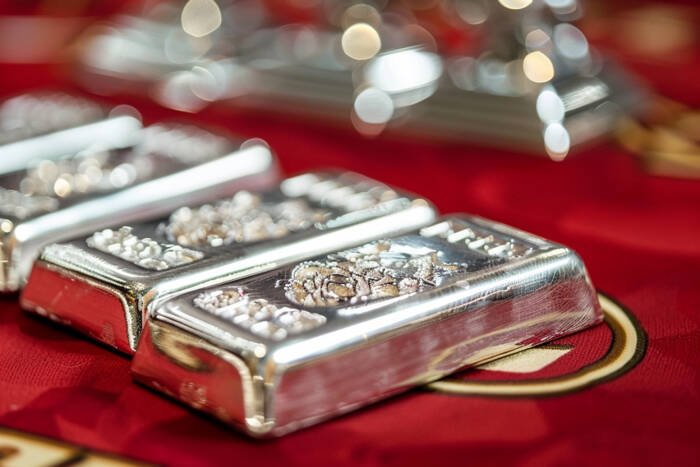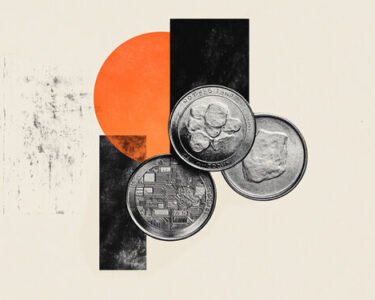While both gold and silver slipped on the Fed’s comments, silver is facing a steeper decline. The metal’s dual role as both a monetary and industrial asset makes it especially sensitive to economic growth concerns. About 60% of silver demand comes from industrial applications—making it vulnerable when the Fed reinforces its inflation-fighting stance with tight monetary conditions.
Unlike gold, which draws safe-haven flows during policy uncertainty, silver suffers from the same fears that boost bond yields. The latest downturn appears driven by profit-taking, as traders who benefited from silver’s recent rally to 11-year highs begin locking in gains under a more hawkish macro backdrop.
Interest Rates Erode Silver’s Appeal
The Fed’s hold at 4.25–4.50% highlights an ongoing preference for high real yields—bad news for non-yielding assets like silver. With investors able to earn over 5% in risk-free short-term Treasuries, the opportunity cost of holding silver continues to rise.
That imbalance weighs on sentiment, particularly as the Fed made clear it is monitoring “labor market conditions, inflation pressures and expectations,” leaving the door open to more policy action if needed.
Stronger-for-longer interest rates have a two-fold impact: they suppress speculative appetite while also curbing industrial growth—both of which are negative for silver prices in the near term.




